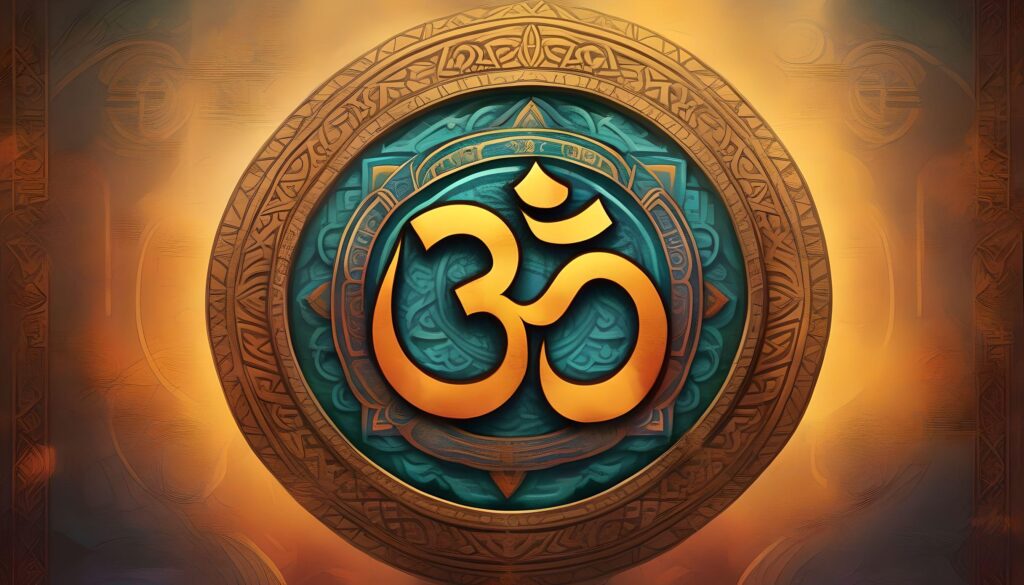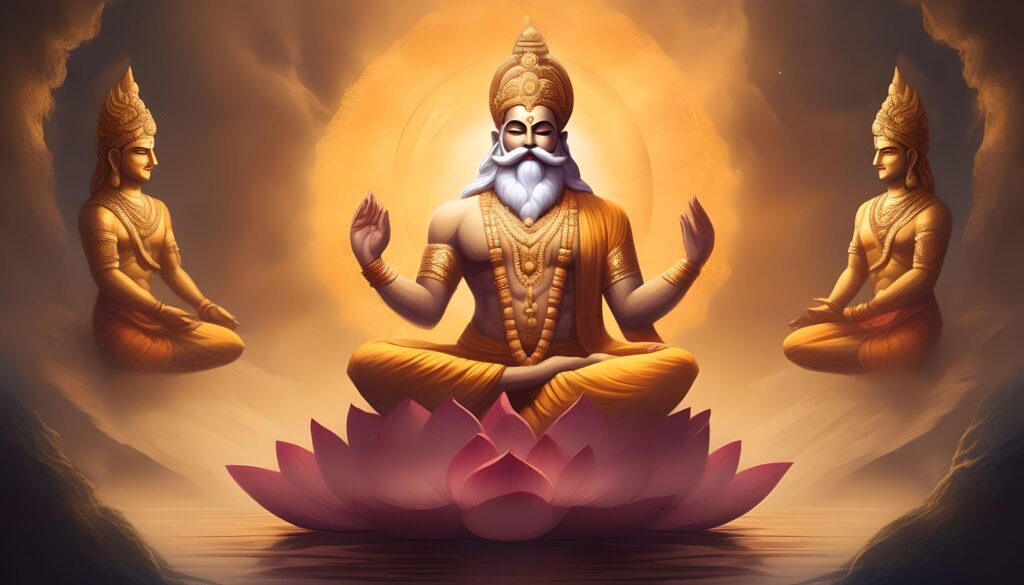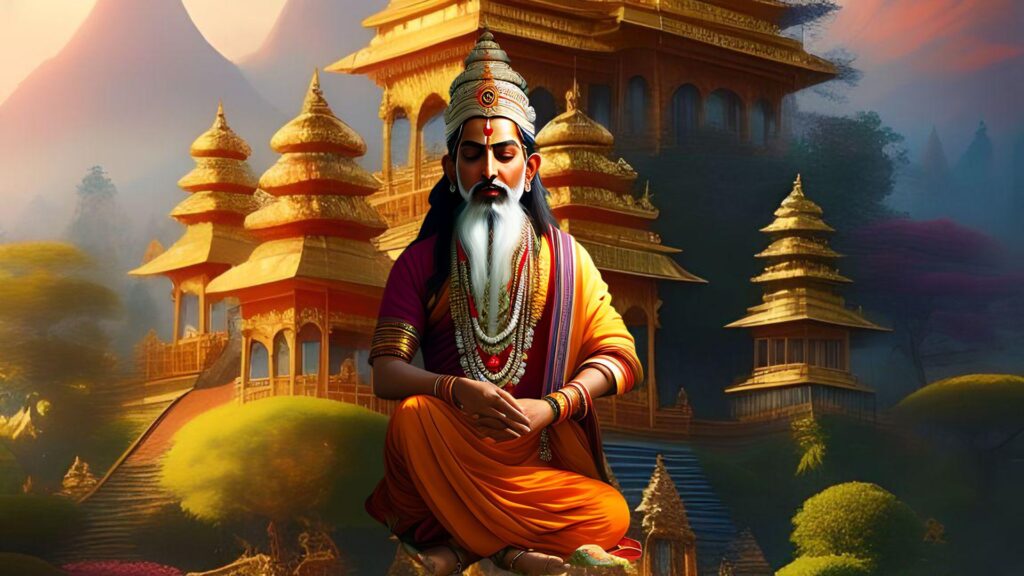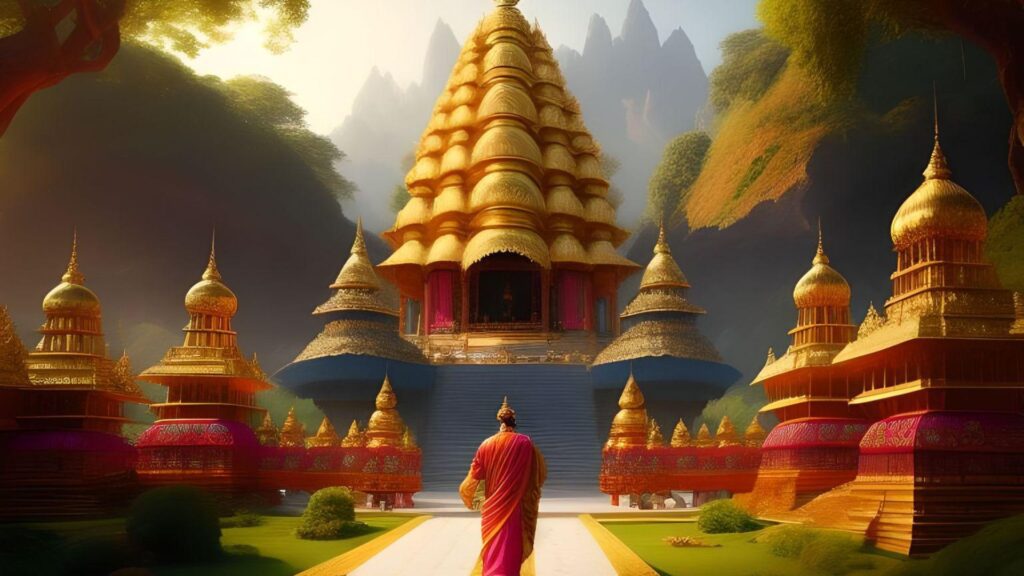4 stages of hindu life : A Journey of Spiritual Growth
Life is considered a sacred odyssey of spiritual development and self-realization in Hinduism. As per the ancient Hindu scriptures, this expedition is partitioned into four discrete phases referred to as Ashramas. Every stage symbolizes a distinct period in an individual’s existence and functions as a roadmap towards self-improvement and satisfaction. This article aims to examine the importance of the four phases mentioned above and the knowledge they impart.
I. The First Ashrama: Brahmacharya – The Student Stage
“Brahmacharya” is the name given to the initial phase of existence, which literally translates to “the student stage.” Amidst this stage, youthful individuals depart from their residences in pursuit of education and knowledge under the tutelage of a mentor. The principal objective of this phase is the acquisition of practical and spiritual wisdom, which serves as the cornerstone for their subsequent existence.
Brahmacharya was customarily initiated between the ages of five and eight and persisted until the early twenties. Nevertheless, in the present era, the age bracket might differ. During this phase, students are exposed to a wide range of academic disciplines, including the sciences, arts, scriptures, and physical sciences.
In addition to celibacy and self-discipline, self-restraint is a principle emphasized by Brahmacharya. Although frequently linked to this particular phase, celibacy can also be understood as exercising restraint and self-discipline across all spheres of existence, including one’s desires and relationships.
II. The Second Ashrama: Grihastha – The Householder Stage
Upon the culmination of their academic pursuits, individuals enter the Grihastha stage, which is commonly referred to as the householder stage. This phase is distinguished by the assumption of obligations such as matrimony, family formation, and the pursuit of an occupation or vocation.
Grihastha is a period during which members of society carry out their professional, familial, and social responsibilities. It is a time when spiritual development and worldly pursuits are balanced. Hindus maintain that it is imperative to uphold moral and religious integrity while concurrently fostering cohesion in both familial and societal spheres.
During this phase, participants are motivated to engage in the practice of dharma, which comprises principles of morality and ethics. Individuals endeavor to secure a means of subsistence, amass material possessions, and derive enjoyment (artha and kama) while adhering to the precepts of dharma. Engaging in the Grihastha stage facilitates personal and spiritual development by requiring individuals to assume obligations and foster connections with others.
III. The Third Ashrama: Vanaprastha – The Hermit Stage
As people progress in age and satisfy their familial responsibilities, they transition into the Vanaprastha stage, which is commonly referred to as the reclusive stage. Vanaprastha entails a progressive detachment from materialistic concerns and obligations, enabling individuals to concentrate more intently on their spiritual quest.
Throughout this phase, people shift from an engaged and participatory position in society to one that is more reflective and self-aware. Individuals may opt to cease working, divest themselves of material possessions, and adopt a more minimalistic and disengaged way of life upon retirement. Certain individuals may even opt to inhabit secluded areas or forests, where they can devote their time to spiritual practices, self-reflection, and meditation.
Although the traditional Vanaprastha stage is presently less common, its fundamental principles of spiritual exploration and detachment continue to hold significance. A considerable number of contemporary Hindus incorporate elements of Vanaprastha into their daily lives through the commitment of time to spiritual observances, engagement in volunteer work, and provision of guidance to younger cohorts.
IV. The Fourth Ashrama: Sannyasa – The Wandering Ascetic Stage
In Hinduism, Sannyasa, the last stage of existence, signifies the culmination of the spiritual journey. A state of renunciation and absolute devotion to the quest for spiritual liberation (moksha) is referred to as sannyasa. Those who opt for this course of action disentangle themselves from all materialistic desires and attachments, embracing a way of life characterized by simplicity and altruism.
Sannyasis, alternatively referred to as itinerant ascetics, adhere to an austere way of life, suspending material possessions and turning to others for support. They abstain from material possessions, familial obligations, and societal roles in order to devote their complete attention to spiritual enlightenment and practice.
Although many spiritual searchers aspire to attain this level of enlightenment, becoming a complete Sannyasi is neither practical nor anticipated of all. Regardless of one’s chosen path, the underlying principles of renunciation, selflessness, and devotion to the divine can be integrated into daily life.
Conclusion
In Hinduism, the four phases of life serve as an all-encompassing structure that facilitates individual development and the progression of one’s spiritual journey. Every individual phase presents distinct prospects for acquiring knowledge, exploring one’s own identity, and carrying out a multitude of duties and obligations.
Although there has been some evolution in the traditional comprehension of these stages over time, their fundamental principles continue to be applicable. Regardless of the particular stage in which an individual finds themselves, Hinduism actively promotes the adoption of ethical behavior, self-control, discipline, and a pursuit of spiritual knowledge.
Through the acknowledgment and embodiment of the four Ashramas’ wisdom, one can effectively maneuver through the trials of existence, foster internal balance, and ultimately achieve spiritual emancipation. Regardless of the path we choose, may this ancient Hindu framework inspire us all to embark on a fruitful journey of self-discovery and spiritual development.








